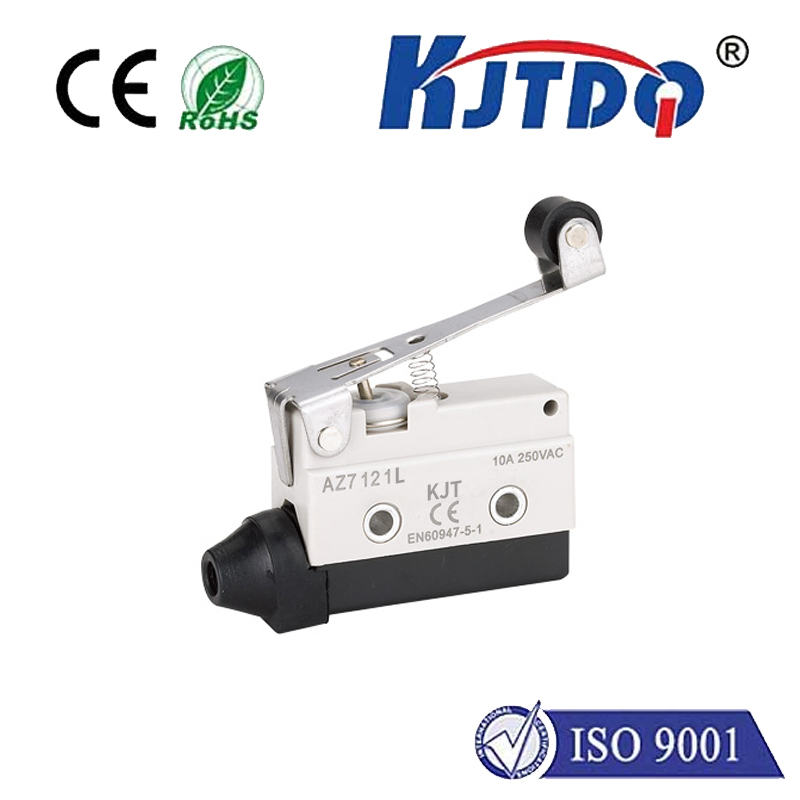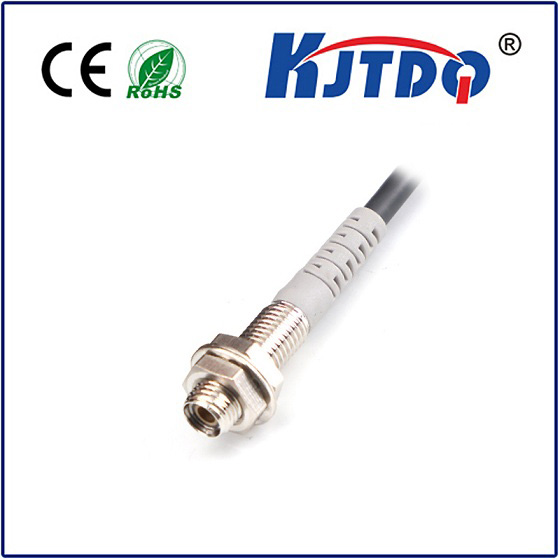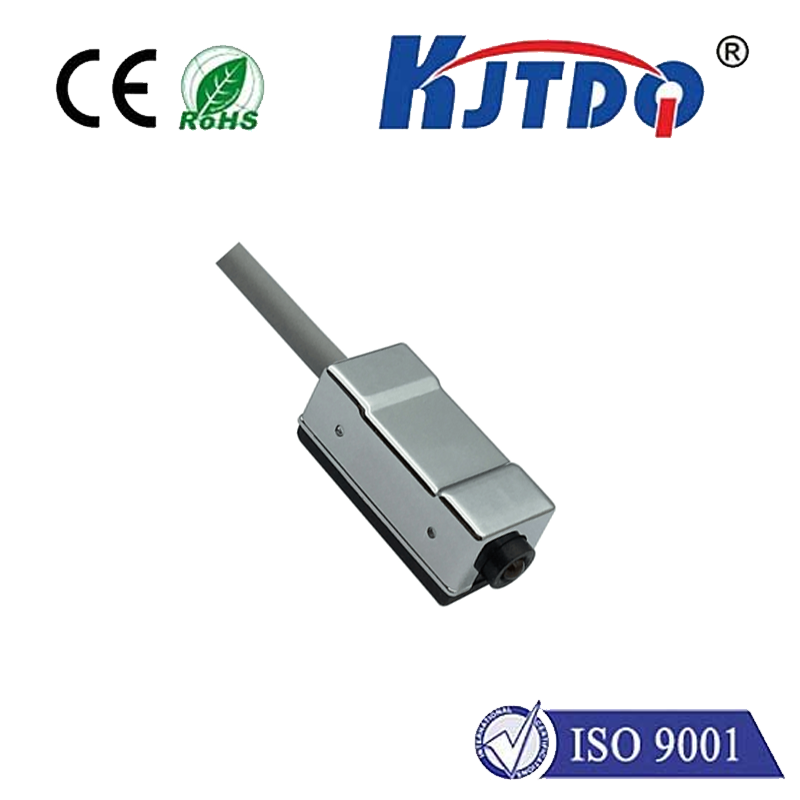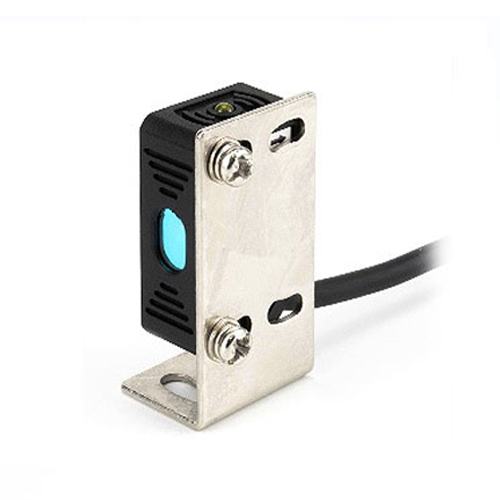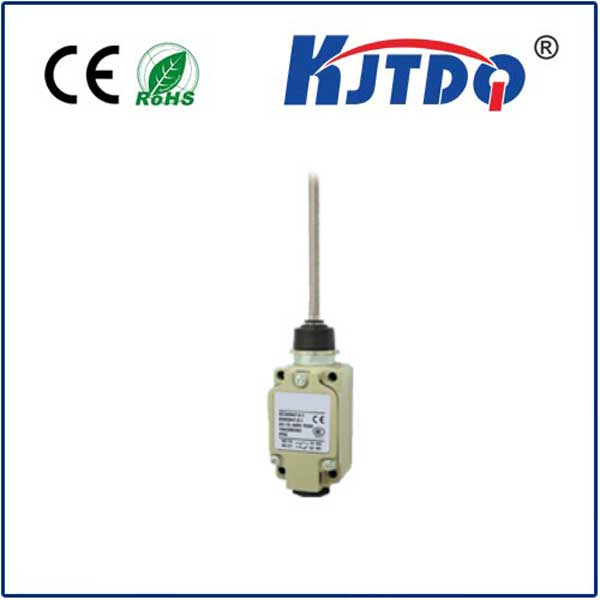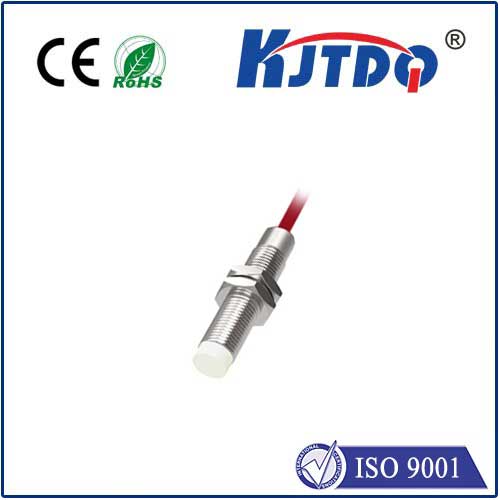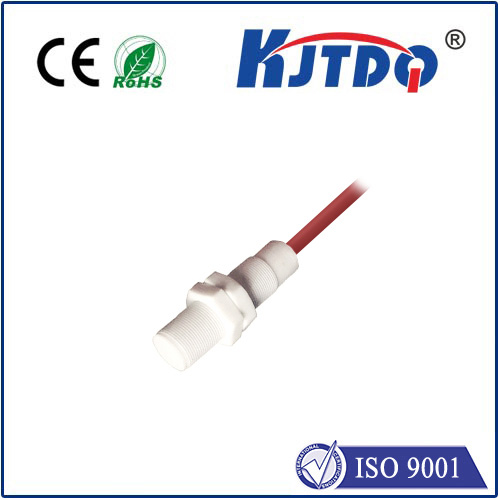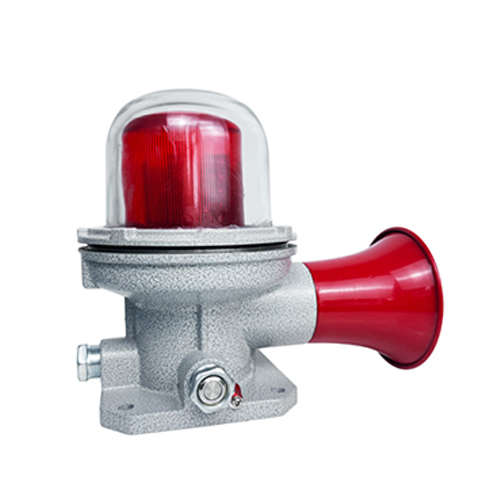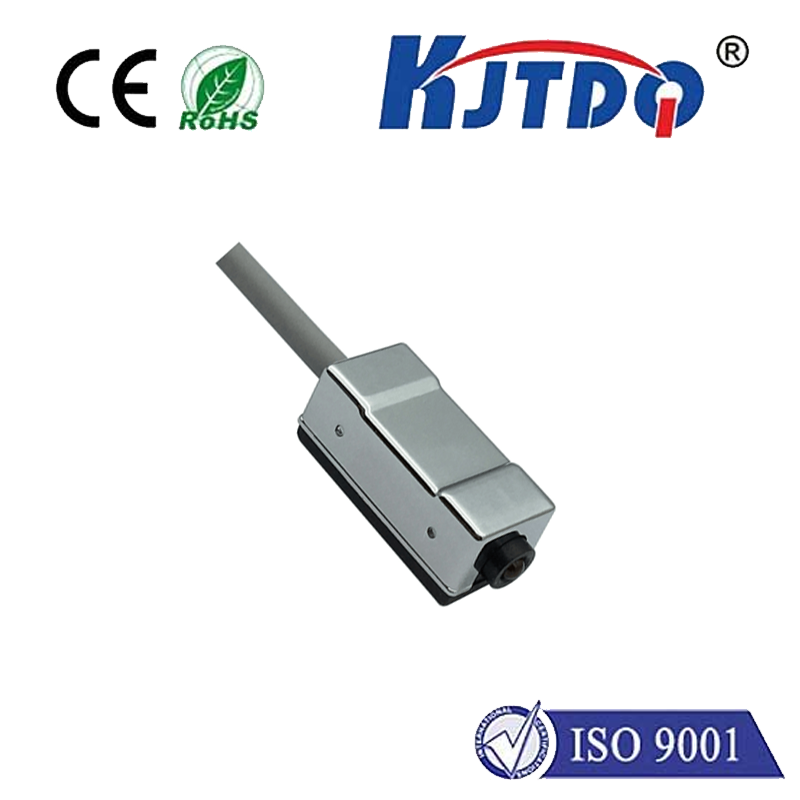

check

check

check

check

check

check

check

check

check

check
Title: The Efficiency and Versatility of Cylindrical Photoelectric Sensors
Cylindrical photoelectric sensors are innovative devices that have been gaining momentum in various industries due to their efficiency and versatility. These sensors operate based on the principle of photoelectric effect, which involves converting light energy into electrical current. In this article, we will delve into the benefits and applications of cylindrical photoelectric sensors.
The cylindrical shape of these sensors allows for optimal detection of objects from multiple angles. This feature is particularly useful in environments where objects may be moving or changing positions frequently. The sensor can detect even the slightest movement, making it an ideal solution for automation processes that require precise object detection.

One of the significant advantages of using cylindrical photoelectric sensors is their ability to function seamlessly under various lighting conditions. Unlike other types of sensors, these devices are not affected by changes in ambient light, ensuring consistent performance throughout the day. This adaptability makes them an excellent choice for outdoor applications or in settings with fluctuating lighting levels.
In addition to their high-performance capabilities, cylindrical photoelectric sensors are also incredibly versatile. They can be used in a wide range of applications, including industrial automation, packaging machinery, and conveyor systems. Their compact size and easy installation process make them suitable for integration into both new and existing systems without requiring major modifications.
Moreover, cylindrical photoelectric sensors offer excellent accuracy and reliability. They provide precise measurements of objects' dimensions, speed, and distance, which is crucial for applications such as quality control processes and inventory management. By reducing human error and increasing productivity, these sensors help businesses streamline their operations and improve overall efficiency.
Another benefit of cylindrical photoelectric sensors is their compatibility with different materials. They can easily detect objects made of various substances like metals, plastics, or even transparent materials like glass. This flexibility allows for more extensive application possibilities and ensures that the sensor can be effectively used across diverse industries.
Furthermore, cylindrical photoelectric sensors are designed with safety in mind. They typically feature built-in self-diagnostic functions and alarm indicators to alert users to any potential issues or malfunctions. This feature helps prevent unexpected downtime and ensures that the system remains operational at all times.
In conclusion, cylindrical photoelectric sensors are highly efficient and versatile devices that offer numerous benefits in various industries. Their unique design, adaptability to changing light conditions, and compatibility with different materials make them an excellent choice for automation processes requiring precise object detection. With their reliability, accuracy, and safety features, cylindrical photoelectric sensors are undoubtedly a valuable addition to any system looking to improve efficiency and productivity.
